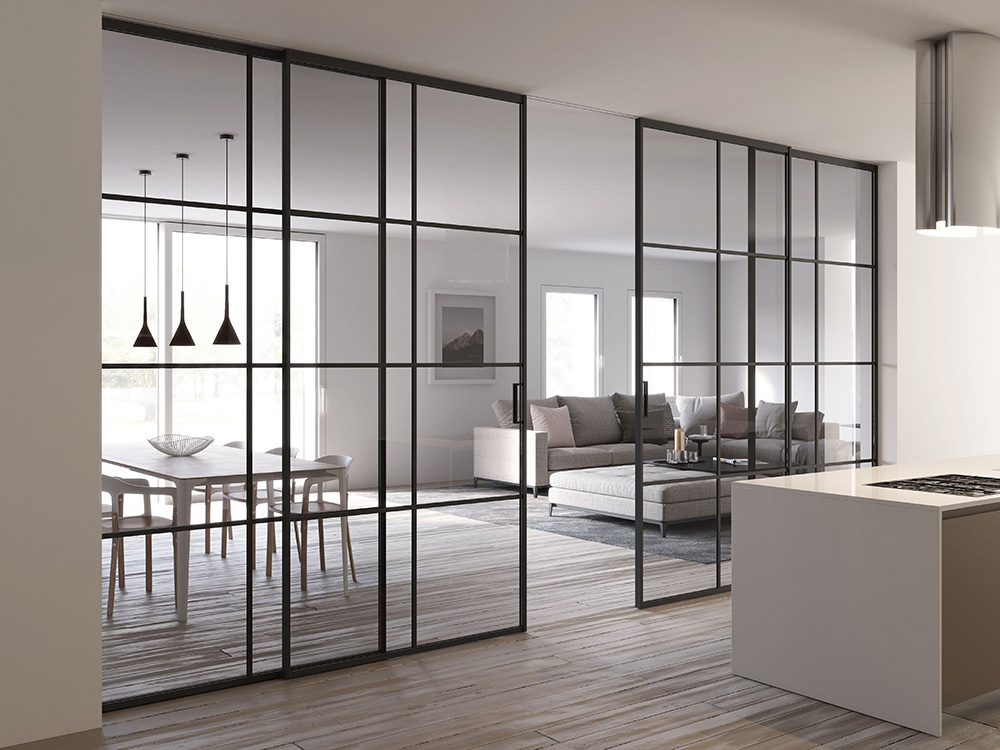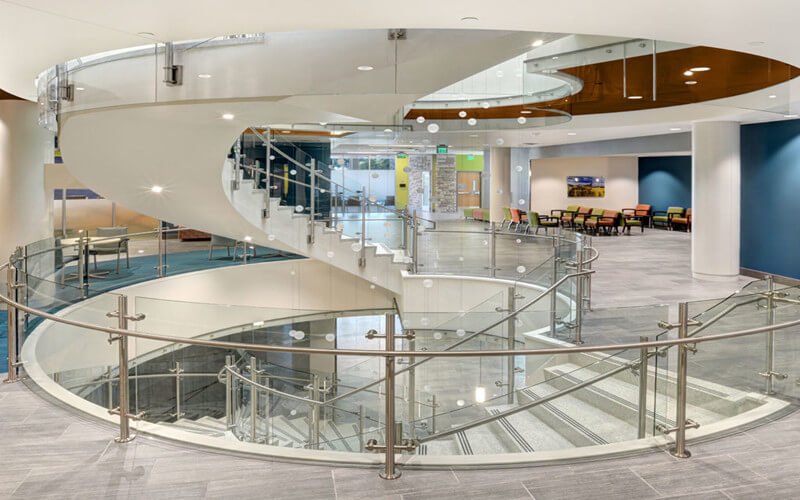Social distancing, a term that has recently grown in tremendous popularity, is the new norm for individuals across the globe. It is intended to pave the way to the flattening of the curve of COVID-19, eventually allowing us to get back to our normal, everyday lives. Since this highly contagious virus is passed through the air via coughs, sneezes, or even talking, social distancing measures are crucial in order to prevent the spread. These respiratory droplets can either be inhaled or can cause an infection if you touch a surface they have landed on, and then touch your face with unwashed hands. As a result, the use of plexiglass barriers in public places is necessary for protecting our health and the health of others.
How Employees Performing “Essential Services” Can Practice Social Distancing
There are employees that have the luxury of continuing their regular work from the comfort of their own home and employees who are temporarily off work and practicing social distancing at home. More importantly, there are still a large number of employees who are required to go into work, performing “essential services”, whether employed by banks, clinics, grocery stores, pharmacies, etc. These organizations have done their due diligence and put practices into place in order to protect employees and customers alike.
While all workplaces have increased their signage and sanitary practices including the frequent use of hand sanitizer and wipes, some businesses are starting to go the extra mile. Implementing plexiglass barriers can protect these much-appreciated workers, blocking the spread of respiratory droplets propelled by talking, coughing, and sneezing. This gives peace of mind to both employees and customers who need to leave the safety of their own homes. As for those working in clinics, for example, medical staff should also be behind a barrier in order to protect them from coming into contact with these droplets. A plexiglass barrier can also help protect the reception staff from the droplets generated by sneezing/coughing patients.
Plexiglass Barriers in the Workplace
Ottawa Public Health has recommended the spatial separation of employees and customers of at least 2 metres unless there is a physical barrier present (e.g. cubicle, plexiglass window, etc.). Stepping up social distancing measures, many essential businesses across the globe are implementing shields made of plexiglass in order to protect their employees from the spread of COVID-19. These plexiglass barriers resemble a window and are placed between the cashier and the checkout lane but are open on the sides. These barriers are joined by stickers on the floor which form a lineup with two meters between each customer.
In an effort to encourage social distancing and provide separation between staff and customers, thousands of plexiglass screens have already been ordered and installed at store checkouts such as Sobeys and Loblaws. It’s is only a matter of time until other businesses follow suit in the effort of preventing the spread of COVID-19 and protecting the wellbeing of their communities.








